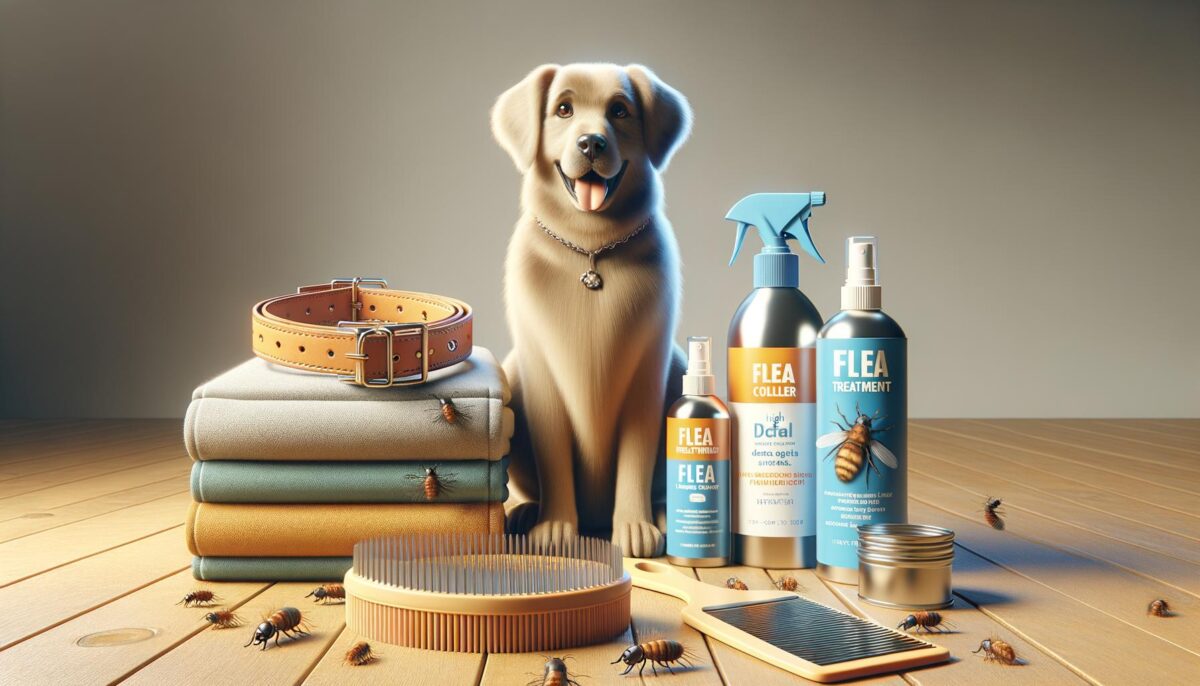Understanding the Flea Problem
Fleas can be a persistent problem for pet owners, causing discomfort not only to pets but also to their humans. Understanding the flea lifecycle and how infestations occur is crucial in choosing an effective flea treatment. Fleas reproduce quickly, and a small problem can escalate into a large infestation in a short time if left unchecked. Adult fleas lay eggs on the host, which eventually fall into the environment — such as carpets, bedding, and gardens — where they hatch into larvae. This makes it essential to treat both the pet and their surroundings. By breaking this cycle with the right flea treatment, you can keep your home and pets free from these pests.
Choosing the Right Flea Treatment
There are multiple options available when it comes to flea treatment. Pet owners can opt for topical treatments, oral medications, or flea collars. Here’s a breakdown of these options:
- Topical Treatments: These are applied directly to the pet’s skin. They work by killing fleas on contact and can provide protection for up to a month.
- Oral Medications: These are pills given to the pet and work by killing fleas when they bite. They may offer a faster solution as they kill fleas within hours of ingestion.
- Flea Collars: These are worn around the neck and can provide long-lasting protection, often for several months.
It’s important to choose a treatment that’s suitable for your pet’s age and weight and to consult with a veterinarian if you’re unsure.
Environmental Control and Prevention
Even the most effective flea treatment will have limited success if the environment isn’t addressed. Regular cleaning and vacuuming can help remove eggs and larvae from carpets and bedding. Additionally, washing pet bedding in hot water can eliminate fleas at all life stages. For outdoor areas, consider using safe insecticides or hiring professional pest control services to treat yards and gardens. By combining these environmental practices with a reliable flea treatment plan, you can create a comprehensive approach to manage and prevent flea infestations.
Natural Flea Control Options
For those who prefer a more natural approach to flea treatment, several alternatives can be effective. These include:
- Diatomaceous Earth: A powder that can be spread in areas to dehydrate and kill fleas.
- Essential Oils: Some oils, such as lavender and peppermint, are believed to repel fleas when diluted and applied correctly.
- Herbal Powders: Certain herbal powders can be sprinkled on pets and their bedding to deter fleas.
While natural options can be helpful, it’s important to verify their safety and efficacy, especially when applying them directly to pets.
Monitoring and Continuous Care
Ongoing monitoring and continuous flea treatment are essential in keeping infestations at bay. Regular checks for flea dirt or bites can help catch a recurrence early. Keep communication open with your veterinarian about any changes in your pet’s flea treatment if you suspect a problem. Consistency in application, particularly with monthly topical or oral treatments, is crucial in maintaining an effective barrier against fleas.
Conclusion
Selecting the appropriate flea treatment involves understanding your pet’s needs, preferences for treatment methods, and maintaining environmental hygiene. By taking a comprehensive approach that includes both direct pet treatment and environmental control, pet owners can ensure a comfortable and flea-free life for their companions. Regular consultations with a veterinarian will help in making informed decisions that protect and maintain your pet’s health effectively.
